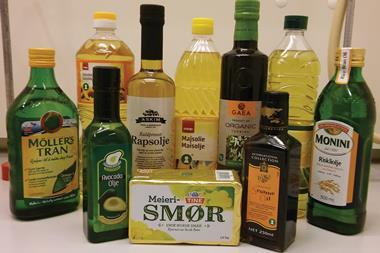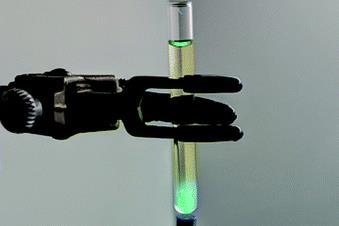The demanding aqueous environments of beer, wine and spirits are excellent for living radical polymerisation

International researchers have gone through the contents of their liquor cabinets to see if alcoholic drinks make good solvents for single-electron transfer living radical polymerisation (SET-LRP). And the answer is an unequivocal yes.
‘Everything worked,’ says David Haddleton, leader of the 26 person team at the University of Warwick in the UK. Pimm’s, Guinness, Ouzo and a homemade Romanian brandy were just some of the beverages tested with everyone contributing something from their homeland.
SET-LRP is a technique used for the ultrafast synthesis of certain linear polymers, in this case polymers of N-isopropylacrylamide (NIPAM). ‘Living radical polymerisation has seen impressive developments over the past few years – the most attractive features of these systems are the fact that the livingness, or end-functionality, remains very high to essentially full conversion, which has enabled synthesis of complex high-order multiblock copolymers in recent previous work, as well as the typically very high polymerisation rate,’ explains Per Zetterlund, a radical polymerisation expert from the University of New South Wales in Australia. Zetterlund says Haddleton’s findings further demonstrate the robustness and versatility of the technique.
‘The reaction was in the presence of pretty much every functional group you can imagine, amines, phenols, hydroxyls – who knows what’s in there – but none of them affected the chain growth,’ says Haddleton.
Virgil Percec, who develops new synthetic methods at the University of Pennsylvania in the US, says the work is excellent and that inexpensive alcoholic drinks may become a new class of solvents for SET-LRP as some of those tested are much cheaper than pure alcohol and pure water. ‘I recommend the team see if they can expand their list of SET-LRP solvents to those produced in countries from South America, especially Brazil, where the production of beverages containing low concentrations of alcohol is common.’
Haddleton is pleased they have highlighted that SET-LRP is simple to use and gives you the same results irrespective of how pure your reagents are or how skilful you are as a chemist. ‘Just go and try it. And why not try it in your favourite beer!’










No comments yet